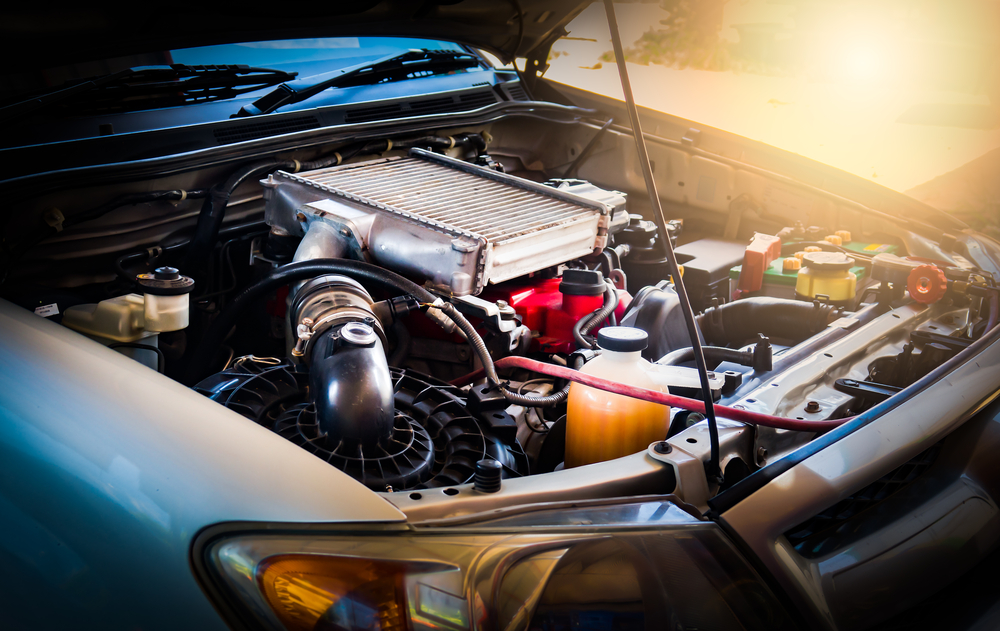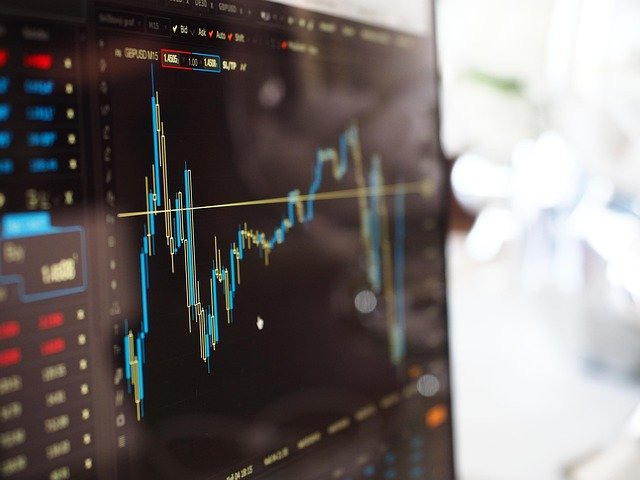Bridging Generational Gaps: Understanding the Dynamics of Intergenerational Communication
In the diverse panorama of our society, the interplay between different age groups often presents intriguing dynamics. As we delve deeper into the subject of intergenerational communication, we'll shed light on its historical evolution, current trends, and the role it plays in shaping our modern society. Read below to explore this captivating social phenomenon.

Unraveling the Historical Threads
Intergenerational communication has always been a fundamental aspect of societal interactions. Historically, it has been instrumental in the transmission of culture, skills, and wisdom from one generation to the next. In tribal societies, elders were revered as the keepers of knowledge, while in industrial societies, the younger generation increasingly became the torchbearers of progress.
Navigating the Current Landscape
In today’s digital age, the dynamics of intergenerational communication have been reshaped. With technological progress and the ubiquity of digital devices, younger generations are often perceived as more informed and technologically adept. Simultaneously, older generations, while sometimes struggling to keep up with the swift pace of digital evolution, bring invaluable wisdom and life experience to the table.
Decoding Intergenerational Miscommunication
Miscommunication across generations is not uncommon and can lead to discord and misunderstanding. These tensions often stem from differences in values, communication styles, and technological proficiency. By understanding and acknowledging these differences, we can build bridges and foster more harmonious intergenerational relationships.
The Societal Implications
The quality of intergenerational communication significantly impacts societal harmony and progression. It can influence family dynamics, workplace productivity, and even policy-making. A society that values and promotes healthy communication across generations is likely to be more cohesive, understanding, and progressive.
Looking Forward: Bridging the Gap
As we move forward, it becomes increasingly necessary to foster an environment of mutual respect and understanding among different generations. It involves not just adapting to the digital world but also appreciating the wisdom that comes with age and experience. By doing so, we can hope to bridge the generational gap and cultivate a society that thrives on the exchange of ideas, experiences, and values.
Intergenerational communication plays a key role in our social fabric. By understanding its dynamics and implications, we can hope to nurture a society that values the wisdom of the past while embracing the innovations of the future. As we navigate this intriguing domain, it is essential to remember that every generation, with its unique strengths and perspectives, contributes to the rich tapestry of our society.





